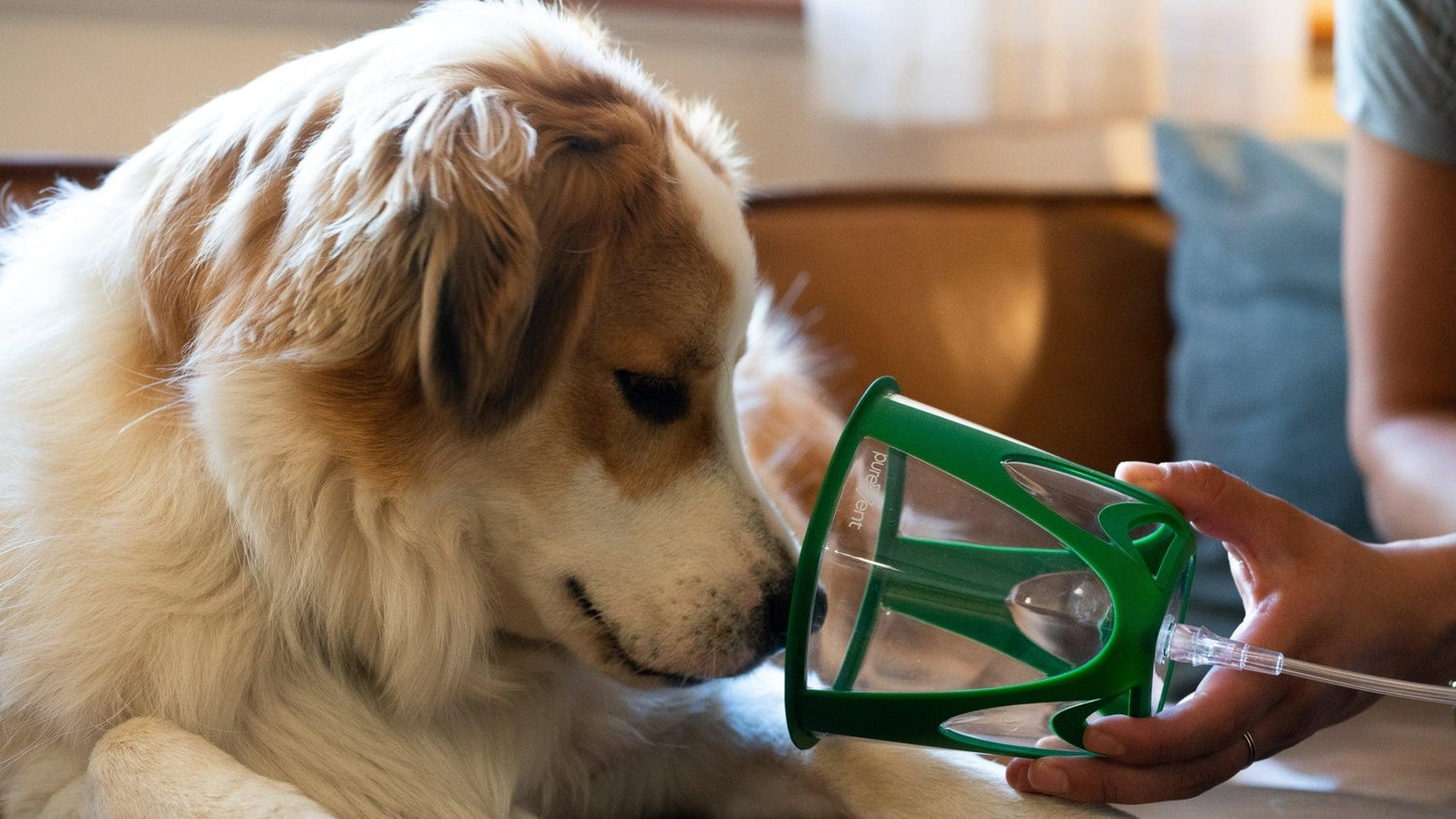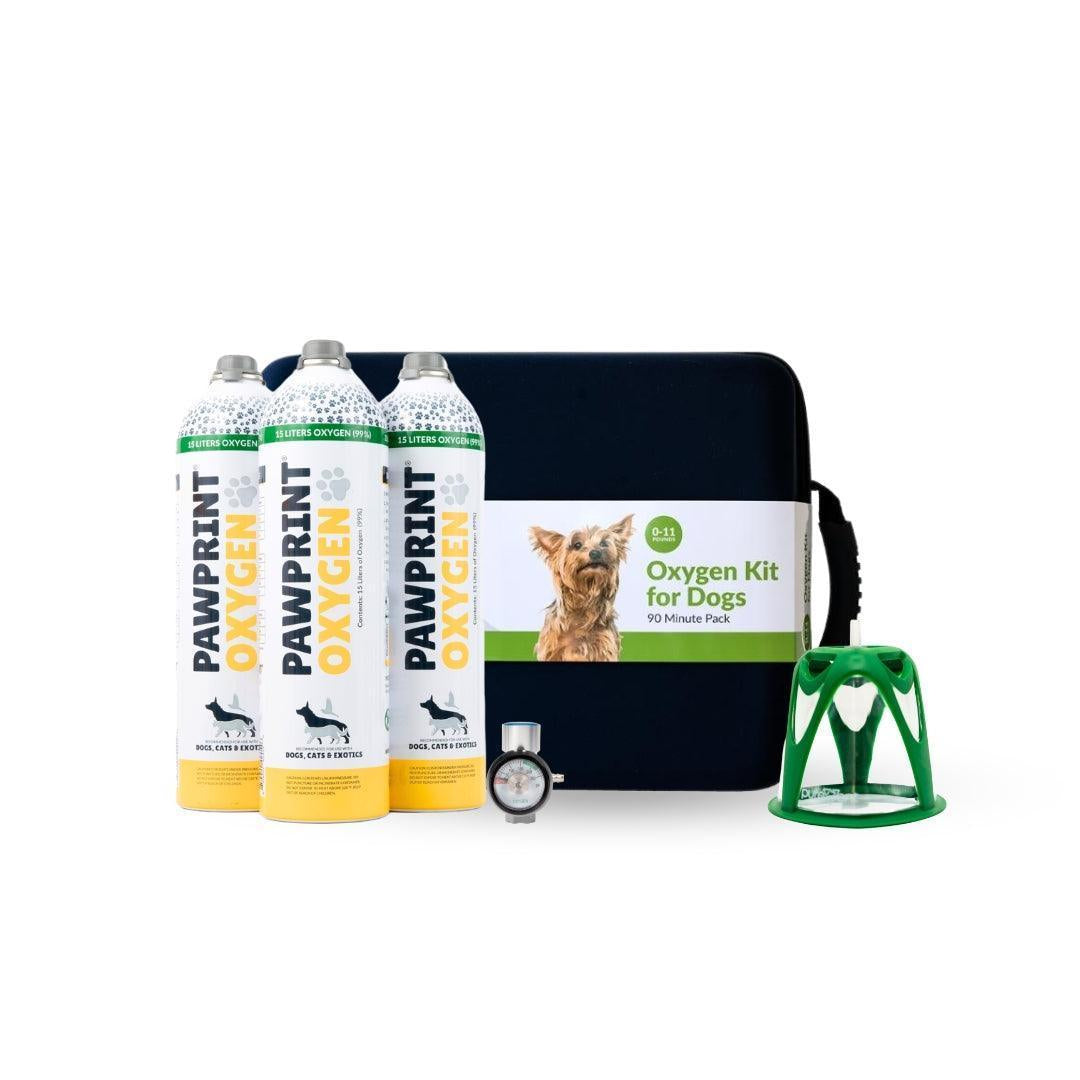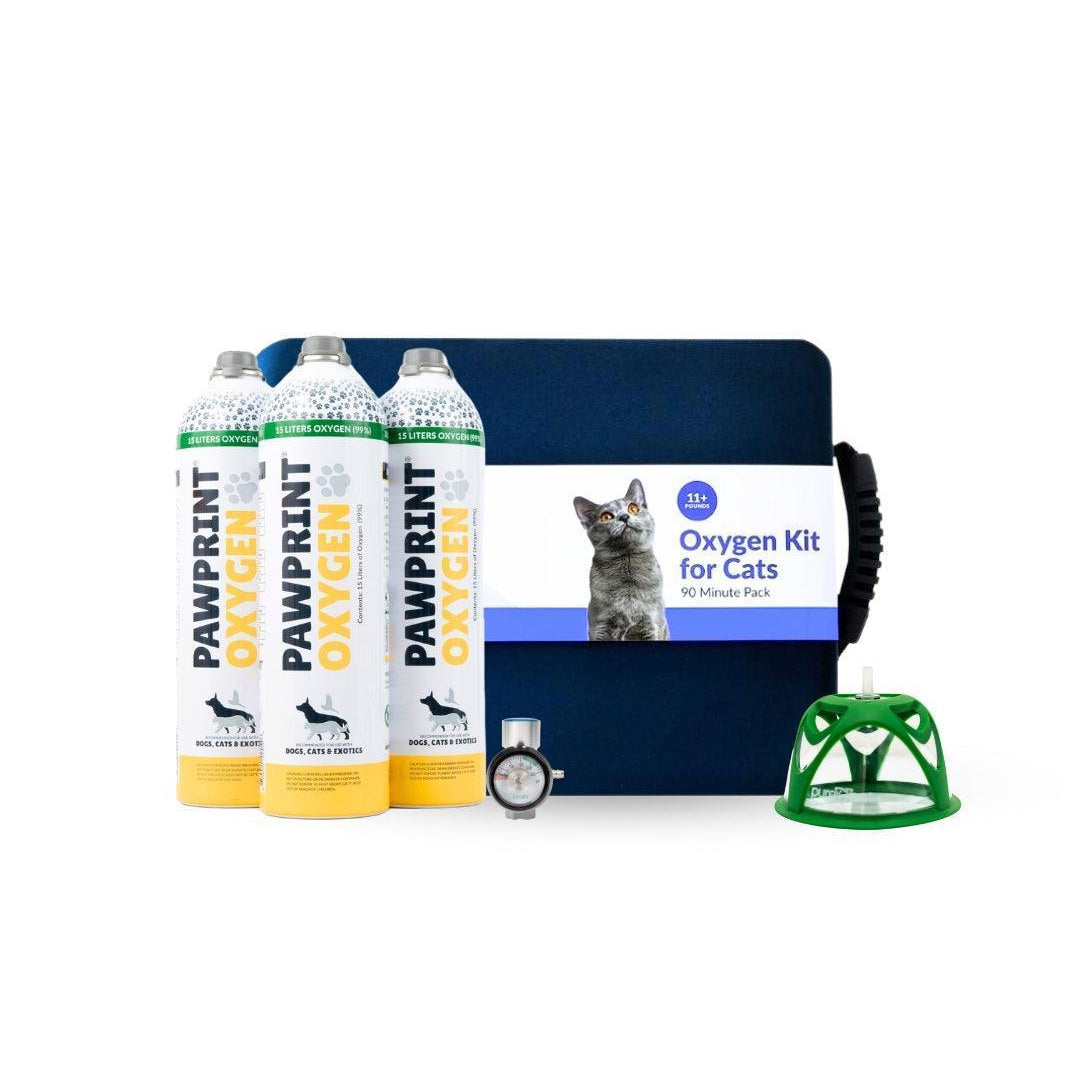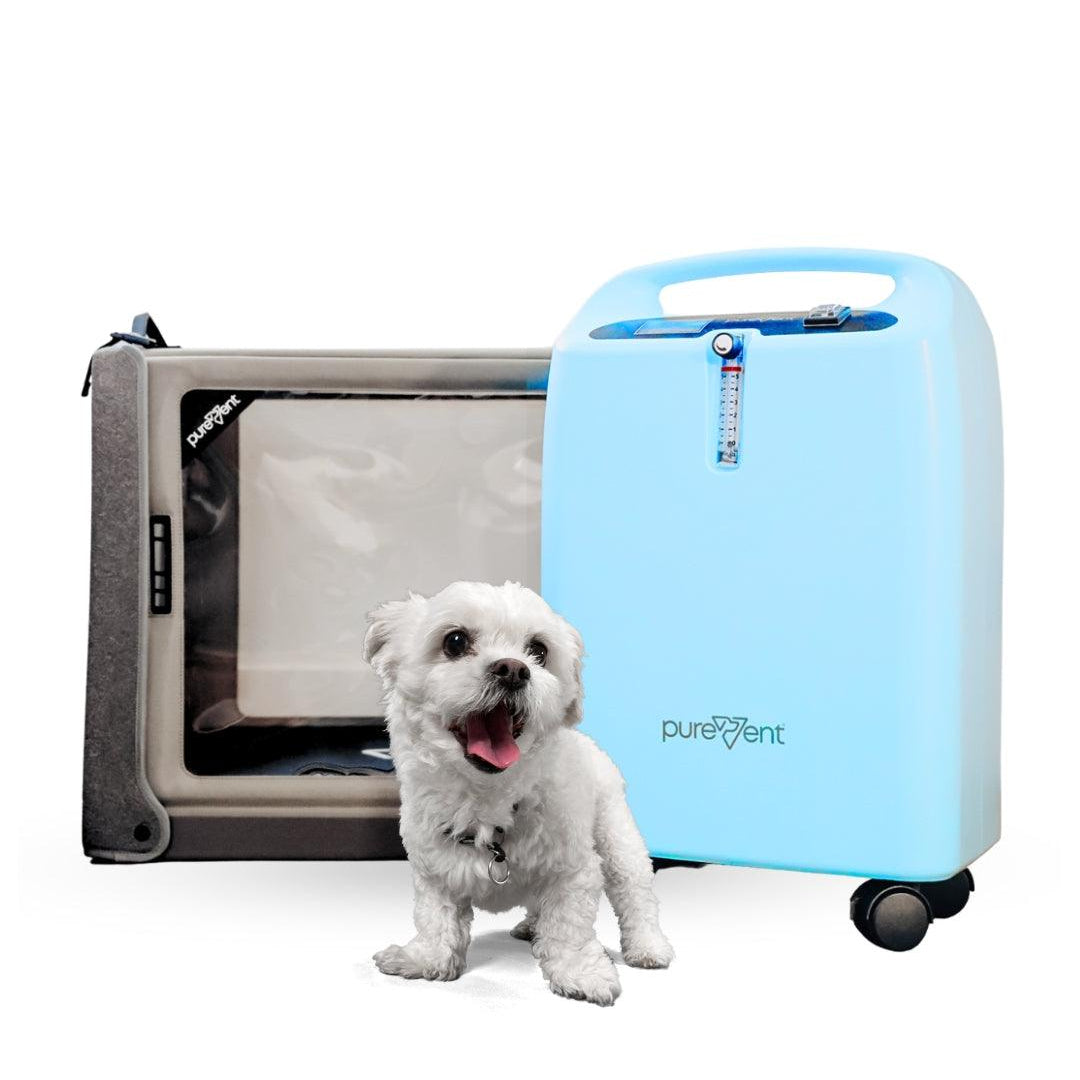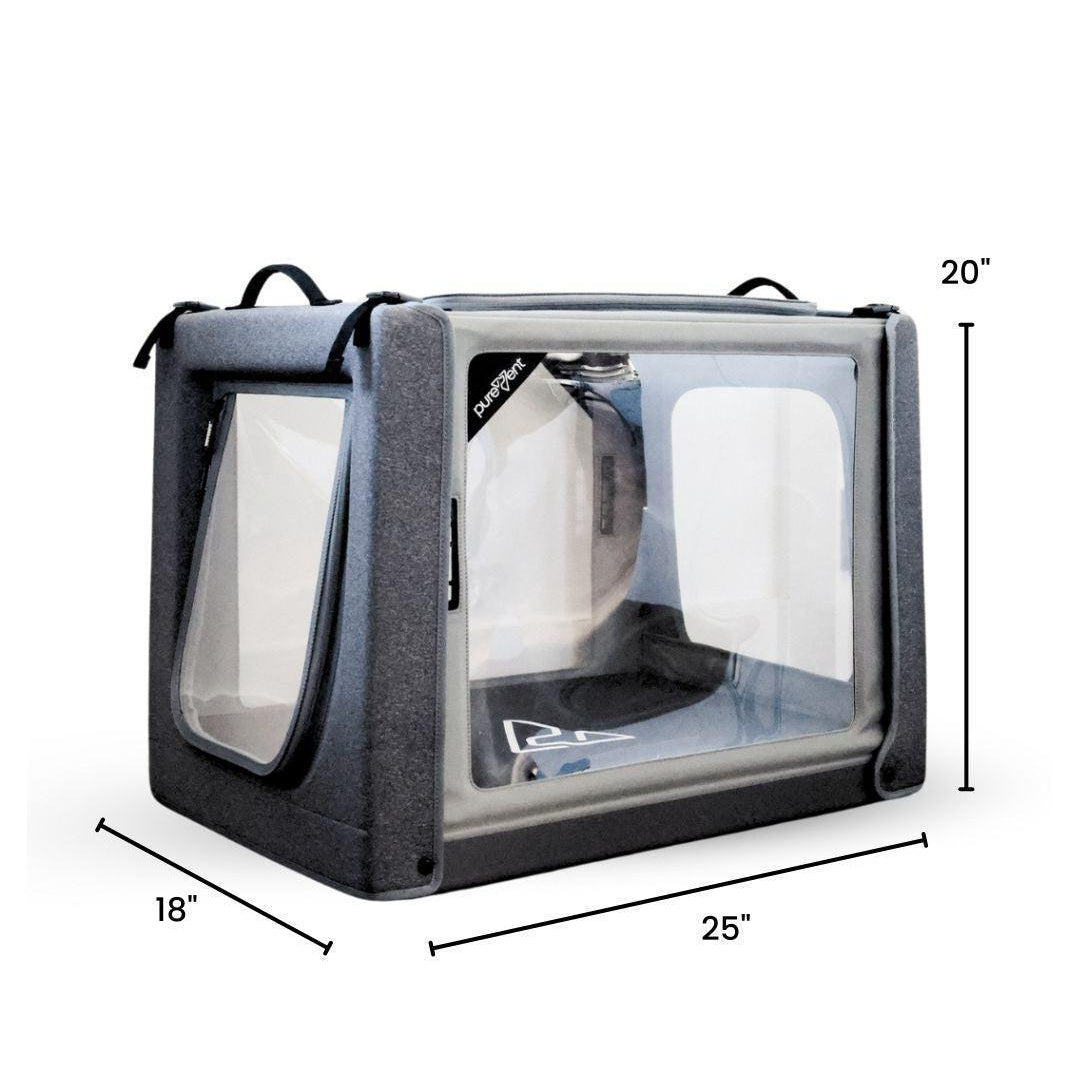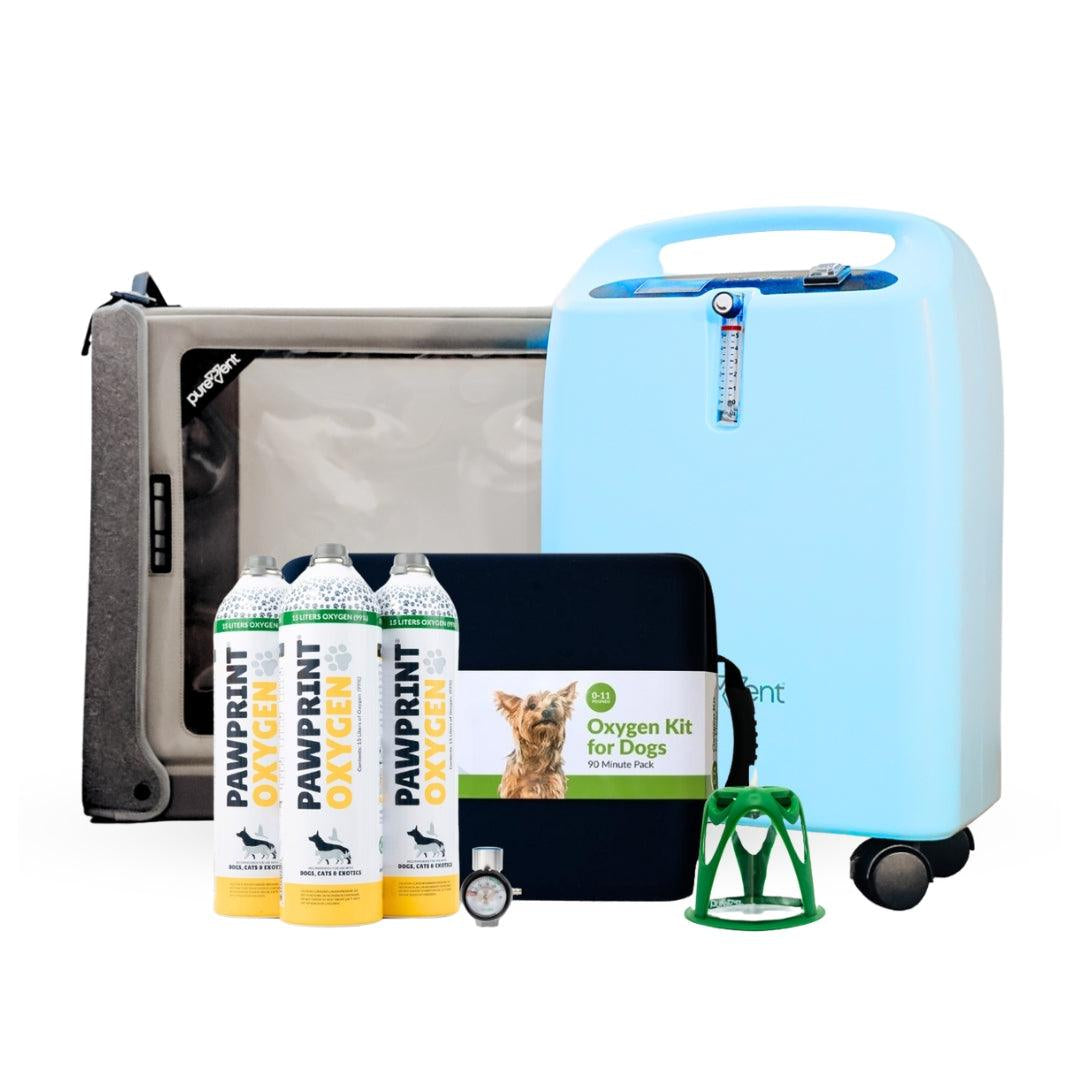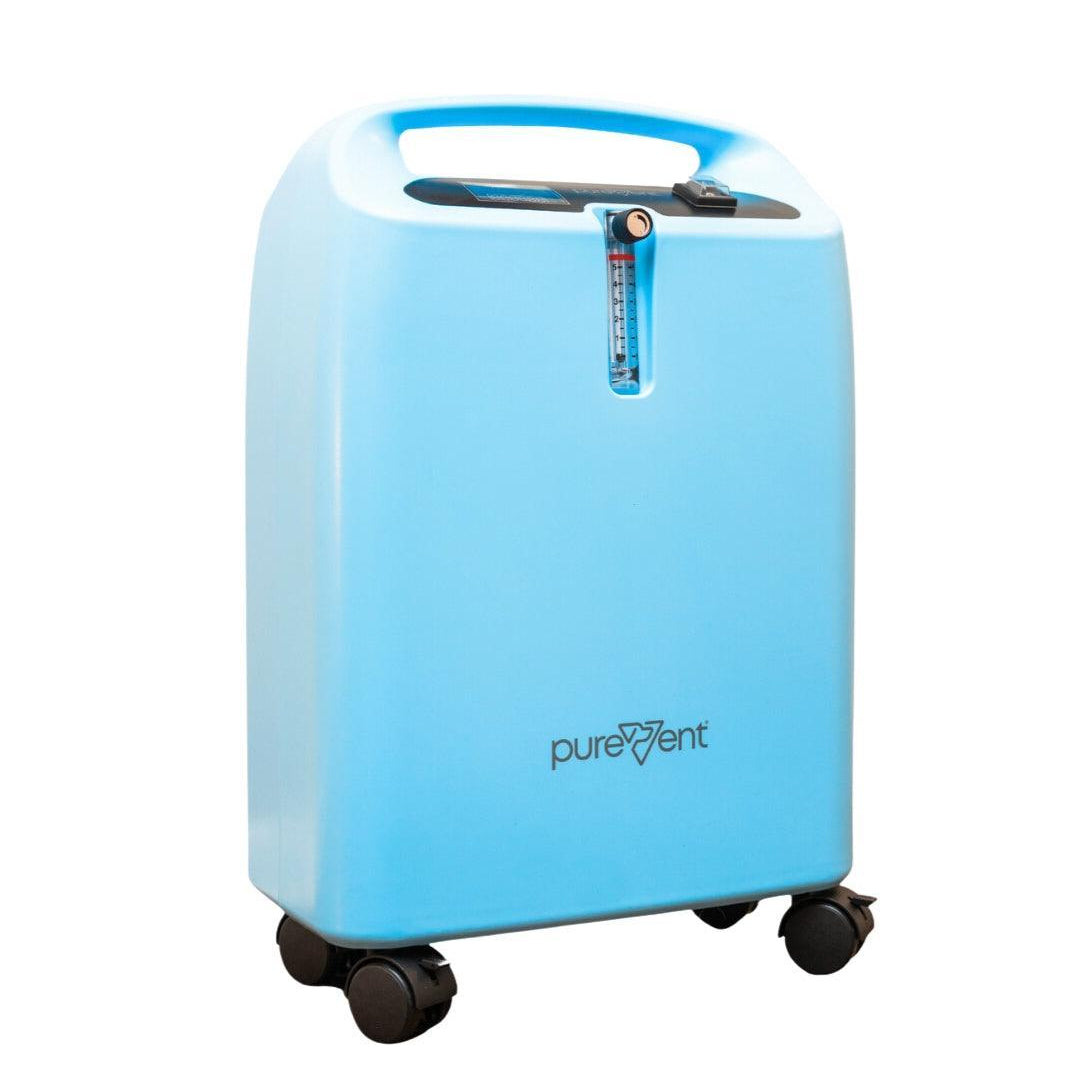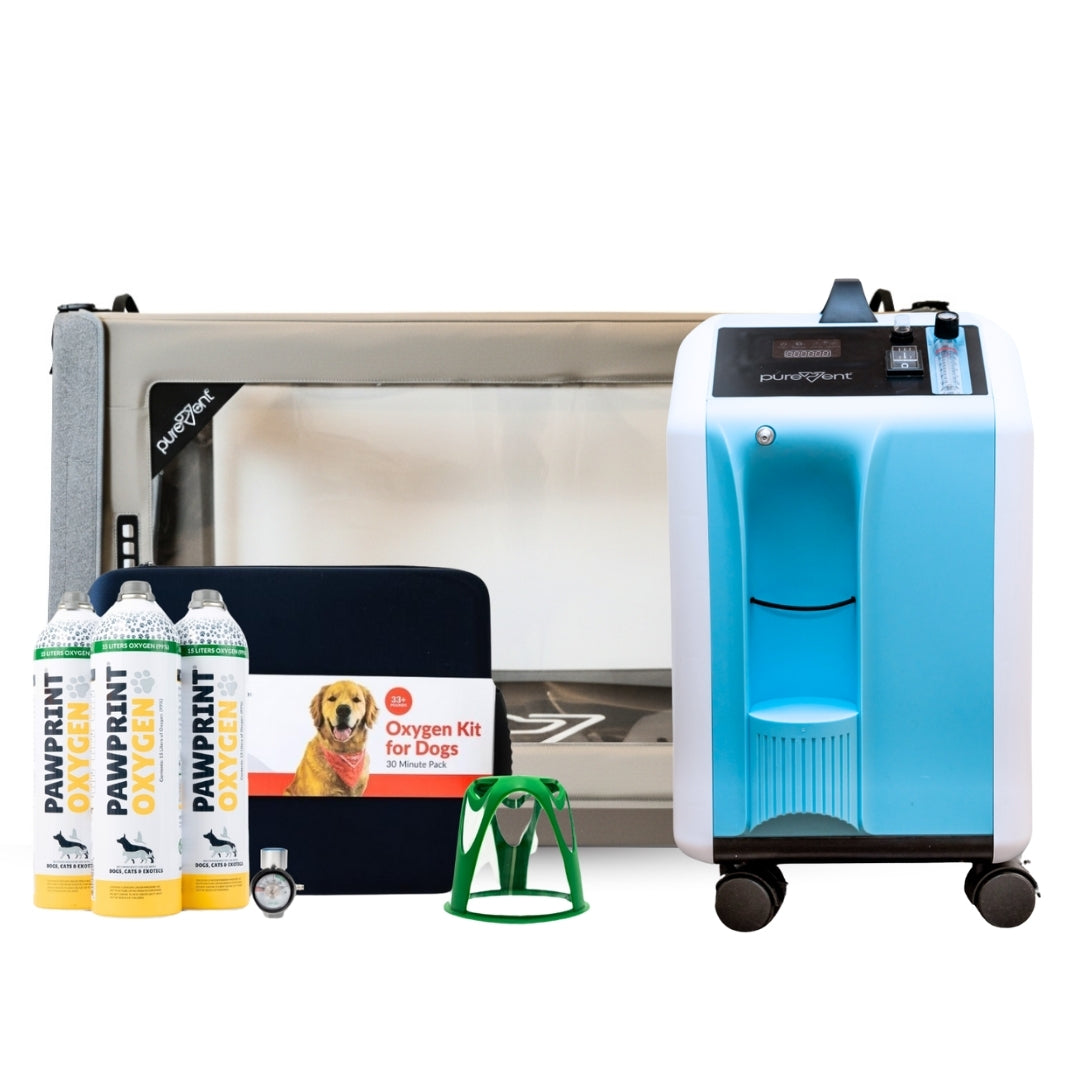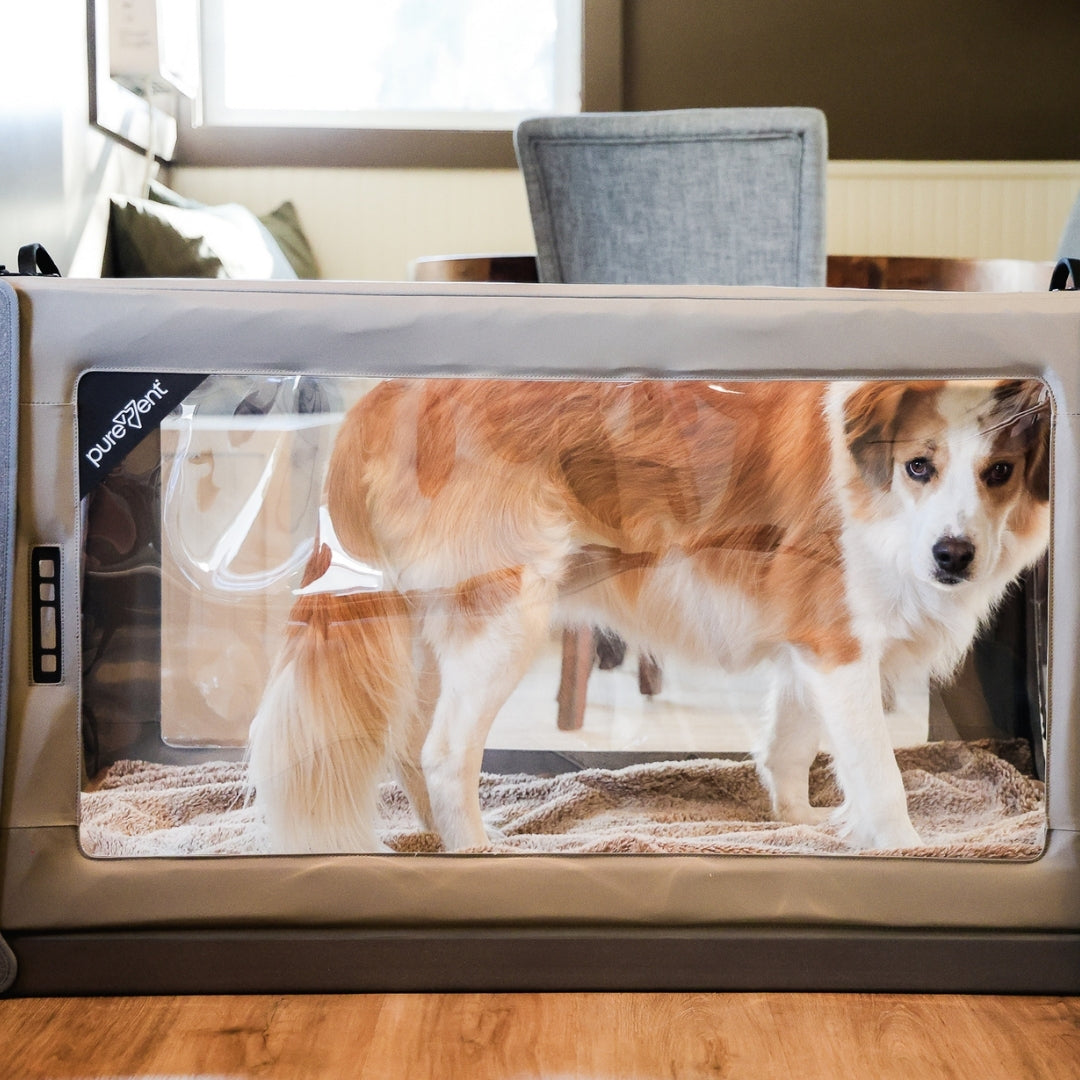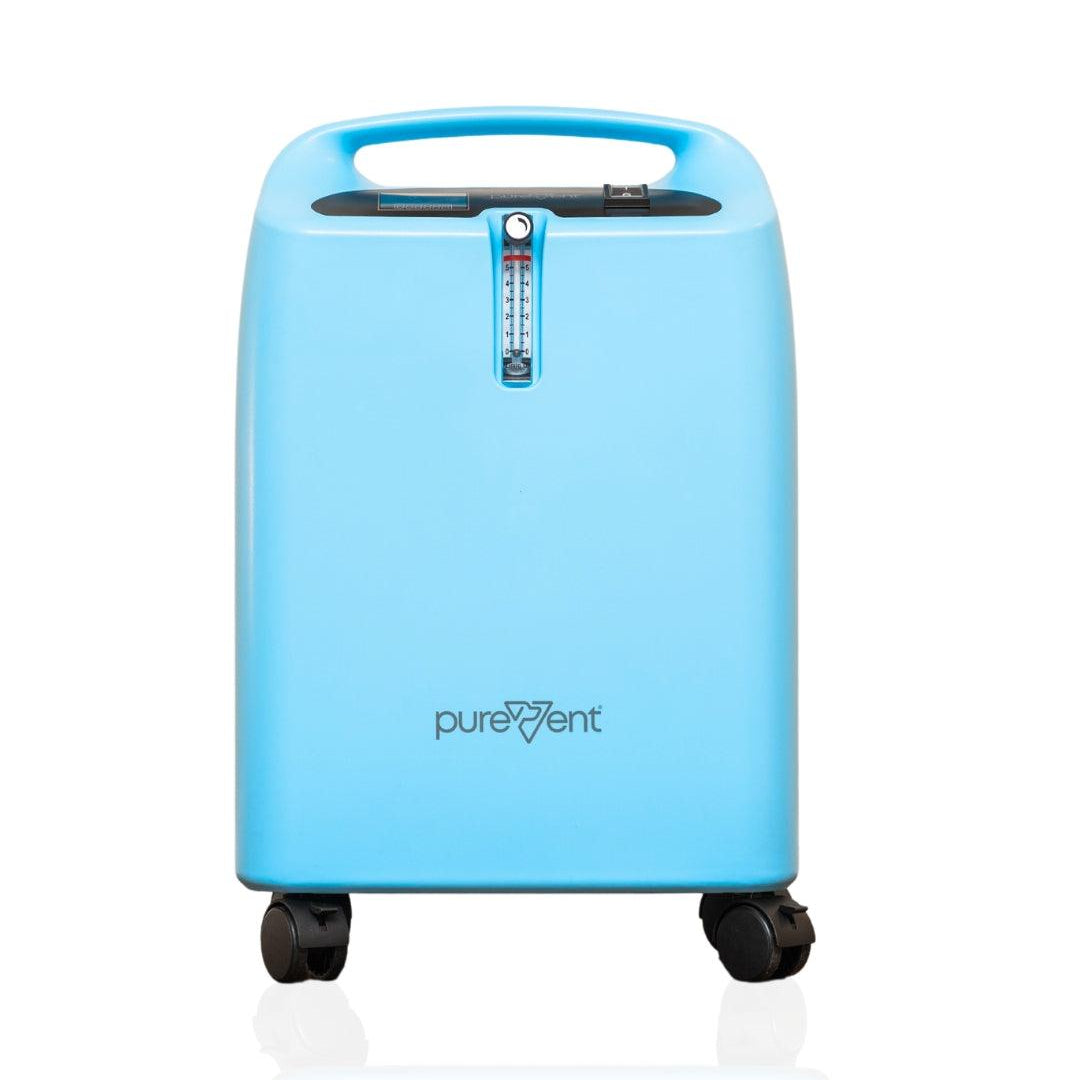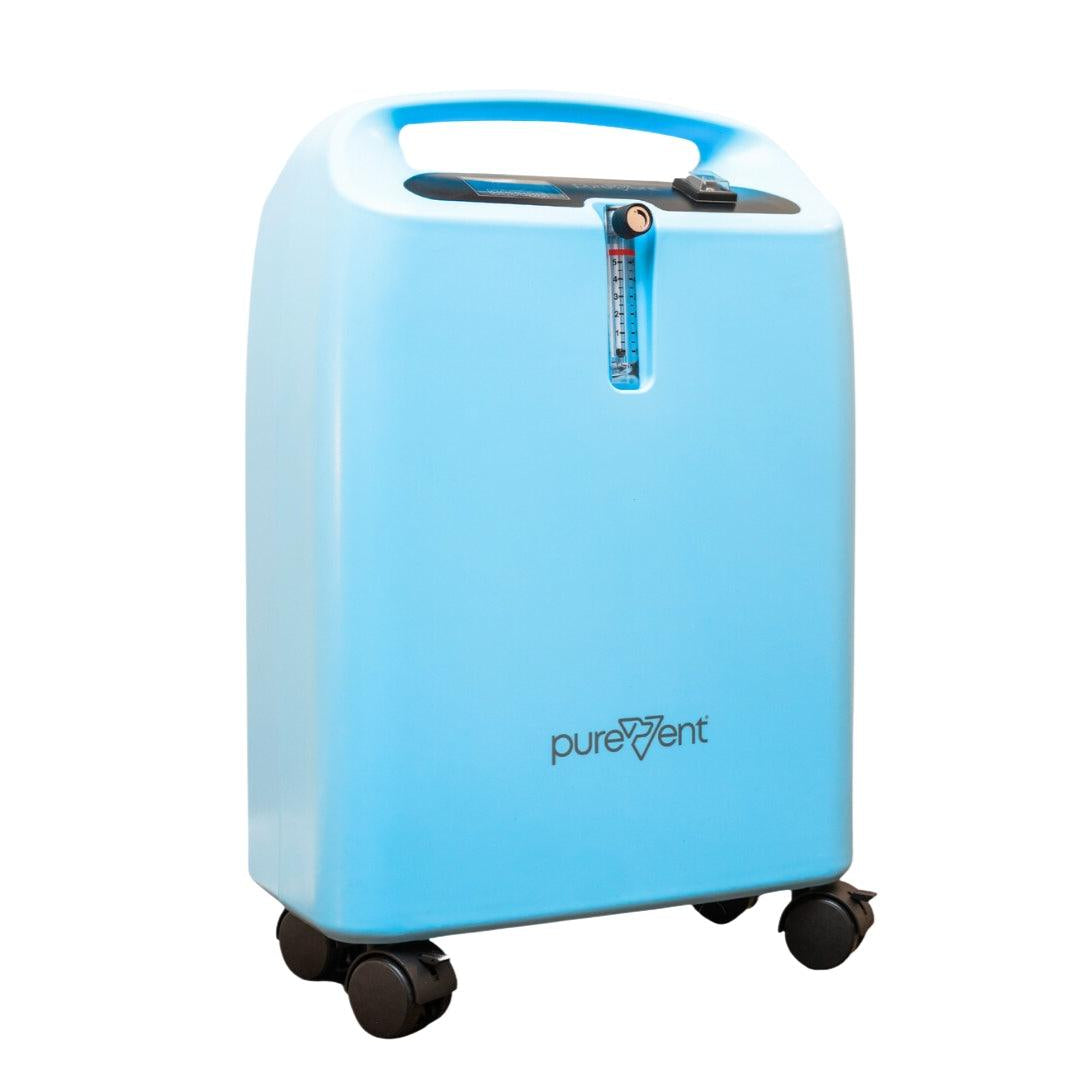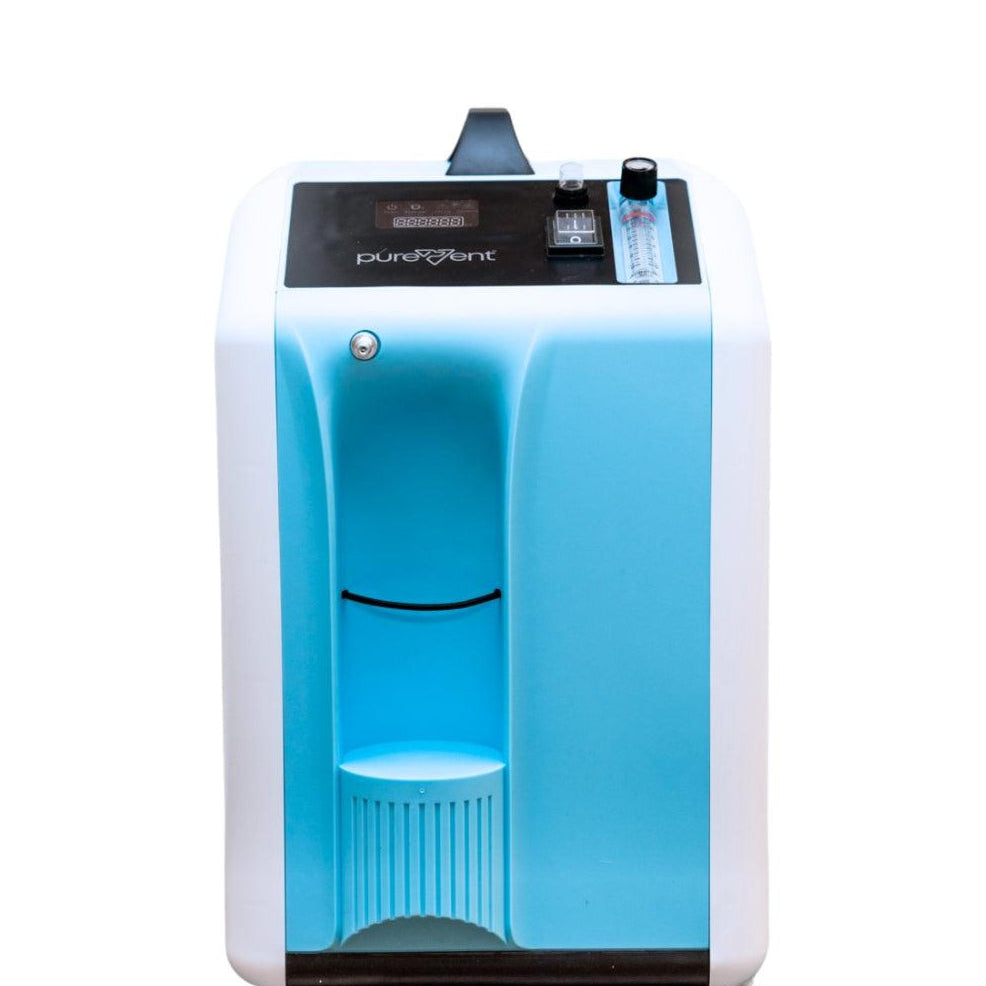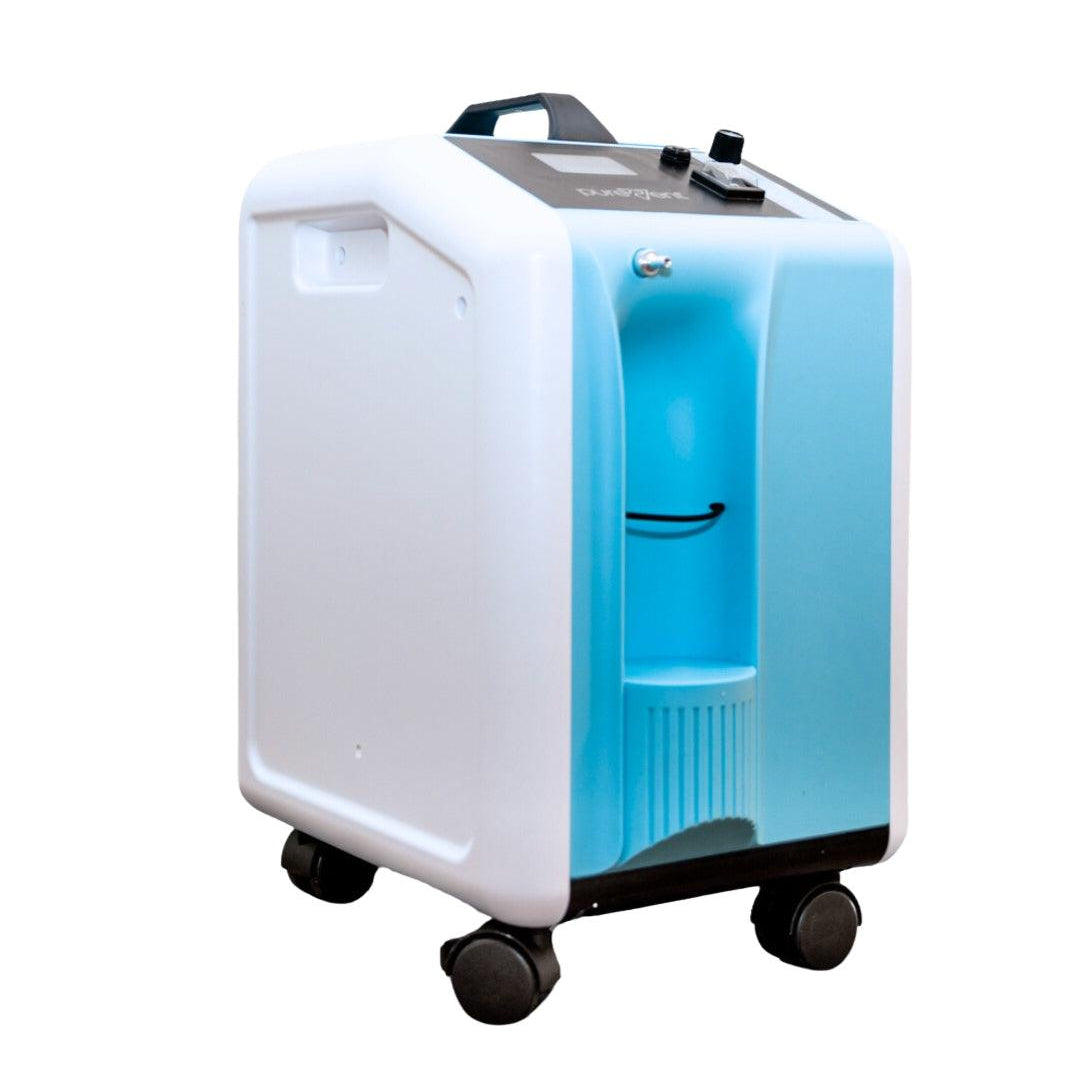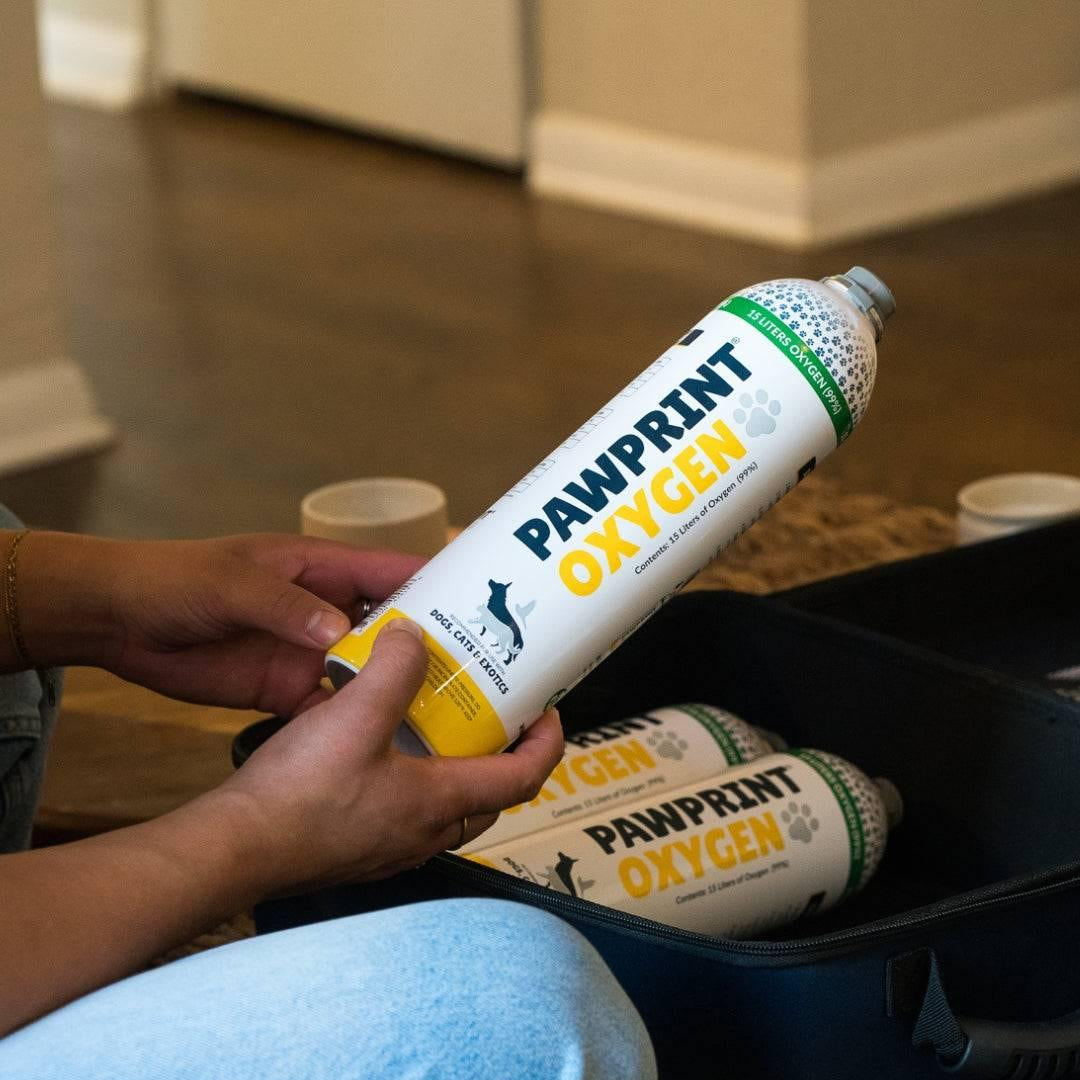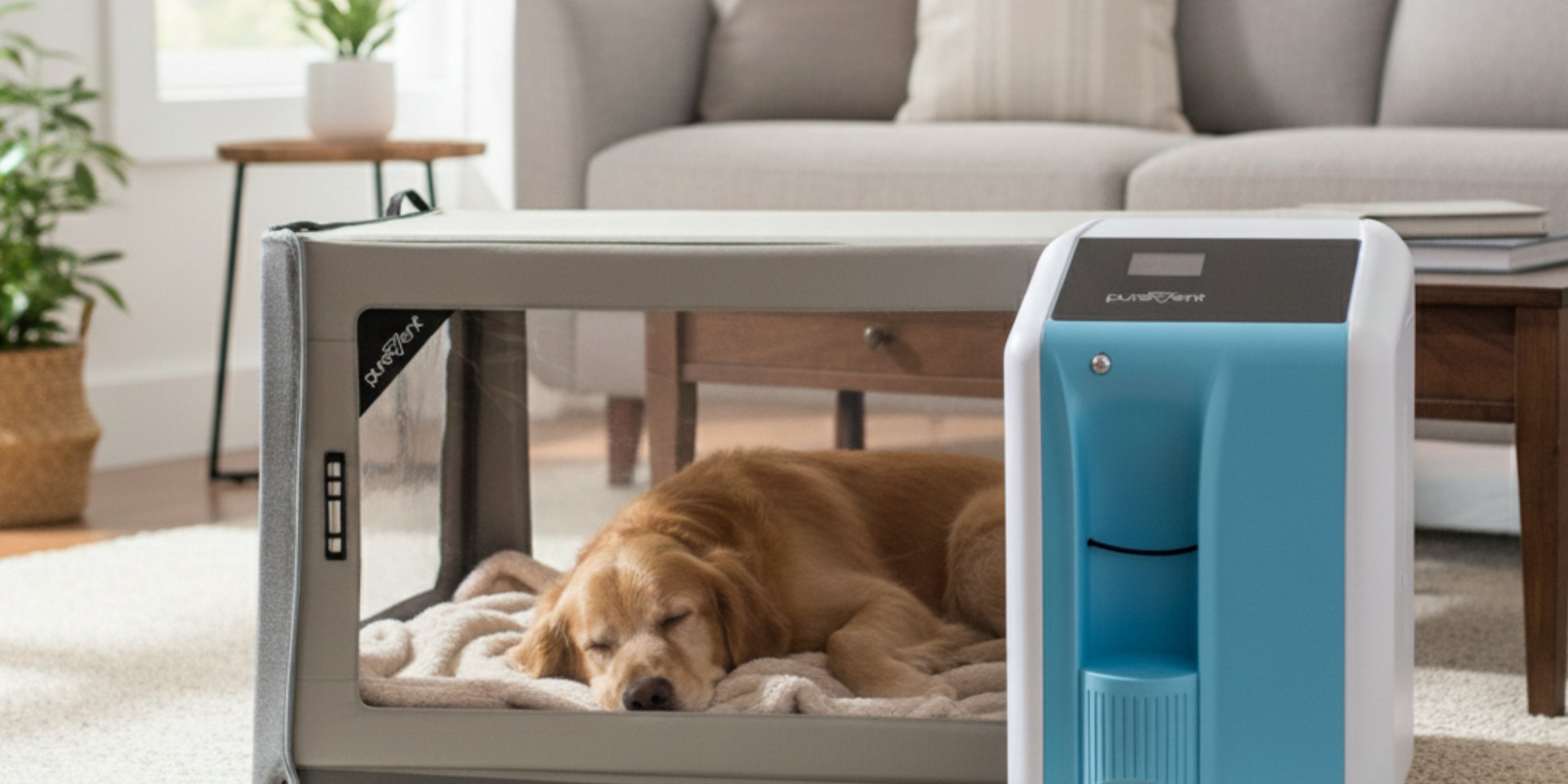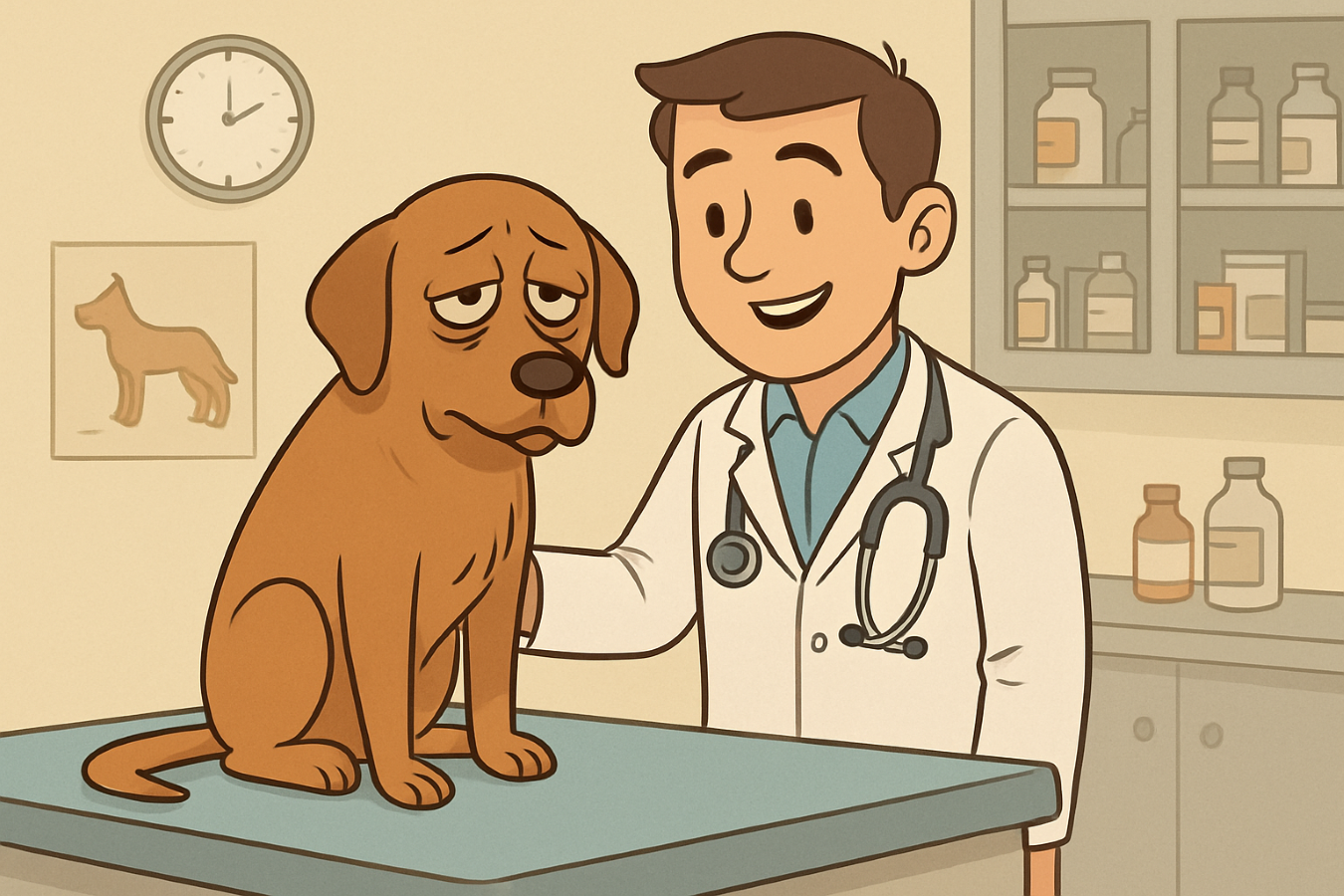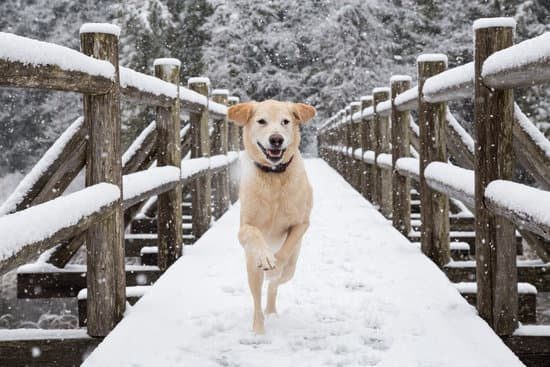How to Get Oxygen Therapy for Your Pet at Home
As pet owners, we always strive to provide the best care for our furry companions, ensuring they live healthy and happy lives. However, there are times when our pets may need extra medical support, such as supplemental oxygen, due to respiratory conditions, heart problems, or recovery from surgery. Just like in human medicine, oxygen therapy can be a critical component in managing these health issues in pets.
In this article, we will explore the various ways you can provide oxygen therapy for your pet at home, from understanding when it's necessary to start treatment to the different types of equipment available and how to use them safely. Whether your pet is dealing with a chronic condition or an acute respiratory issue, knowing how to administer oxygen at home can make a significant difference in their comfort and recovery.
Let’s dive into the essentials of home oxygen therapy for pets and empower you with the knowledge to support your pet’s respiratory health effectively.
Table of Contents
Recognizing When Your Pet Needs Oxygen Therapy
Understanding when your pet requires oxygen therapy is crucial for timely intervention and effective treatment. Here are some key signs and symptoms that may indicate your pet is in need of supplemental oxygen:
Labored Breathing: If your pet is experiencing difficulty breathing, you may notice them breathing rapidly or with great effort. Their nostrils may flare with each breath, and you might see their chest and abdomen moving more than usual.
Cyanosis: A bluish tint to the gums, tongue, or other mucous membranes is a sign of low oxygen levels in the blood. This condition, known as cyanosis, indicates that your pet is not getting enough oxygen and needs immediate medical attention.
Lethargy and Weakness: Pets that are low on oxygen often become very weak and lethargic. They may have difficulty standing, walking, or even lifting their head.
Coughing and Wheezing: Persistent coughing, wheezing, or other abnormal respiratory noises can be a sign of respiratory distress. This could be due to conditions such as pneumonia, bronchitis, or heart disease.
Nasal Flaring: In an effort to get more air, pets may flare their nostrils when breathing. This is particularly noticeable in dogs and cats.
Increased Heart Rate: A rapid heartbeat can accompany respiratory distress as the body tries to circulate the available oxygen more quickly.
Behavioral Changes: Pets in need of oxygen therapy may exhibit anxiety, restlessness, or an inability to settle down. Conversely, some pets may become unusually calm or listless.
Open Mouth Breathing: Unlike humans, pets usually do not breathe through their mouths unless they are in distress. Open mouth breathing in cats, for example, is a significant sign of respiratory trouble.
If you observe any of these signs in your pet, it’s important to seek veterinary care immediately. Your veterinarian can perform a thorough examination and determine whether oxygen therapy is necessary. Early intervention can greatly improve the prognosis for pets with respiratory difficulties.
Can I refill my canister after use?
Oxygen canisters cannot be refilled. Please recycle your empty canisters. You can reorder canisters at any time!
What is the shelf life on the oxygen canisters?
We have a two-year shelf life on the oxygen canisters. This shelf life is for the seal on the oxygen canister itself, not the oxygen.
Store canisters in a cool, dry place and if the seal is not tampered with, the oxygen will stay in the canister.
How long does each oxygen canister last?
Pawprint Oxygen Canisters can last up to 30 minutes. How long the canisters last is dependent on the flow rate that you’re using.
The flow rate is the “dosage” of the oxygen drug and determines the rate at which the oxygen gas leaves the canister.
Your Portable Oxygen Kit will include a regulator that is pre-set to the flow rate dictated by the weight range best for your pet. If you did not purchase a kit, and need a regulator, they can be purchased separately.
These are the durations that the canister will last for each of the flow rates:
0.5 Liters per minute: 30 minutes
1.0 Liters per minute: 15 minutes
2.0 Liters per minute: 7.5 minutes
3.0 Liters per minute: 5 minutes
Common Conditions Requiring Supplemental Oxygen Therapy in Pets
Oxygen therapy is a vital treatment for a variety of health conditions in pets. Knowing which conditions might necessitate supplemental oxygen can help you recognize when your pet might need this critical support. Here are some common conditions that often require oxygen therapy:

Pneumonia: Pneumonia causes inflammation and fluid buildup in the lungs, making it difficult for pets to breathe. Oxygen therapy helps to ensure that their body receives adequate oxygen while they fight off the infection.
Asthma: Just like in humans, pets can suffer from asthma, leading to episodes of wheezing and difficulty breathing. During an asthma attack, supplemental oxygen can provide much-needed relief.
Brachycephalic Syndrome: Breeds with short noses, such as Bulldogs and Pugs, often have respiratory issues due to their anatomy. Oxygen therapy can be beneficial during periods of respiratory distress.
Collapsed Trachea: This condition, often seen in small breed dogs, occurs when the tracheal rings weaken and collapse, leading to a narrowed airway. This can cause significant breathing difficulties, especially during excitement or exertion. Supplemental oxygen can help manage acute episodes of respiratory distress associated with a collapsed trachea.
Recognizing these conditions and understanding the role of oxygen therapy can be crucial in managing your pet's health. If your pet has been diagnosed with any of these conditions or shows signs of respiratory distress, consult with your veterinarian about the benefits of oxygen therapy.
Portable Oxygen Kit for Cats and Dogs
Our Portable Oxygen Kits are designed to help your pet exactly when and where they need it most. You can administer on-the-spot oxygen or during transport to emergency care. Pets needing this rescue kit would likely suffer from more acute health conditions like asthma or be in a high-risk category. Keeping a kit on hand to transport them with will provide much needed peace of mind in an otherwise stressful situation.
At-Home Oxygen Therapy Options for Pets
Once you've identified that your pet needs oxygen therapy and consulted with your veterinarian, the next step is to understand the various options available for administering oxygen at home. Here are some common at-home oxygen therapy options for pets:
Oxygen Concentrators:
- Description: Oxygen concentrators are devices that extract oxygen from the surrounding air and deliver it in a concentrated form to your pet.
- Benefits: They are reliable, cost-effective over time, and provide a continuous supply of oxygen without the need for refills.
- Considerations: They require an electrical power source, so they can only be used at home.
Portable Oxygen Canisters:
- Description: These are small light-weight canisters filled with compressed oxygen..
- Benefits: They are portable and can provide oxygen therapy at home and on the go.
- Considerations: Canisters need to be reordered regularly if used frequently.
Oxygen Masks:
- Description: Masks are designed to fit over your pet's nose and mouth, delivering oxygen directly to their airways.
- Benefits: Masks can be used with both oxygen concentrators and compressed oxygen cylinders, providing a direct and effective way to administer oxygen.
- Considerations: Pets may resist wearing masks initially, and it may require training and acclimation.
Oxygen Chambers:
- Description: Oxygen chambers are enclosed spaces that can be filled with oxygen, creating an oxygen-rich environment for your pet.
- Benefits: They allow pets to move around freely while receiving oxygen, reducing stress compared to masks.
- Considerations: Chambers are pricier than a pet oxygen mask and require more space in your home. Your pet also needs to be carefully monitored while in the chamber to ensure they do not become stressed while receiving therapy.
When choosing an oxygen therapy option for your pet, consider factors such as the severity of their condition, their tolerance to different devices, and your ability to manage and maintain the equipment. Always consult with your veterinarian to determine the best option for your pet’s specific needs and to receive proper training on how to use the equipment safely and effectively.

Ensuring Your Pet’s Well-being with At-Home Oxygen Therapy
Providing oxygen therapy for your pet can be a crucial step in managing various respiratory and health conditions, ensuring their comfort, and enhancing their quality of life. By recognizing the signs that indicate your pet may need oxygen therapy, understanding the common conditions that require it, and exploring the different at-home options available, you can be well-prepared to support your pet during challenging times.
Always consult with your veterinarian to determine the most suitable oxygen therapy solution for your pet and to receive proper guidance on using the equipment safely and effectively. Whether you choose an oxygen concentrator, oxygen canisters, a mask, or oxygen chamber, the key is to ensure that your pet receives the right amount of oxygen in a way that is comfortable and stress-free.
Remember, early intervention and consistent care can make a significant difference in your pet’s recovery and overall health. With the right tools and knowledge, you can provide your beloved companion with the oxygen therapy support they need to thrive.

